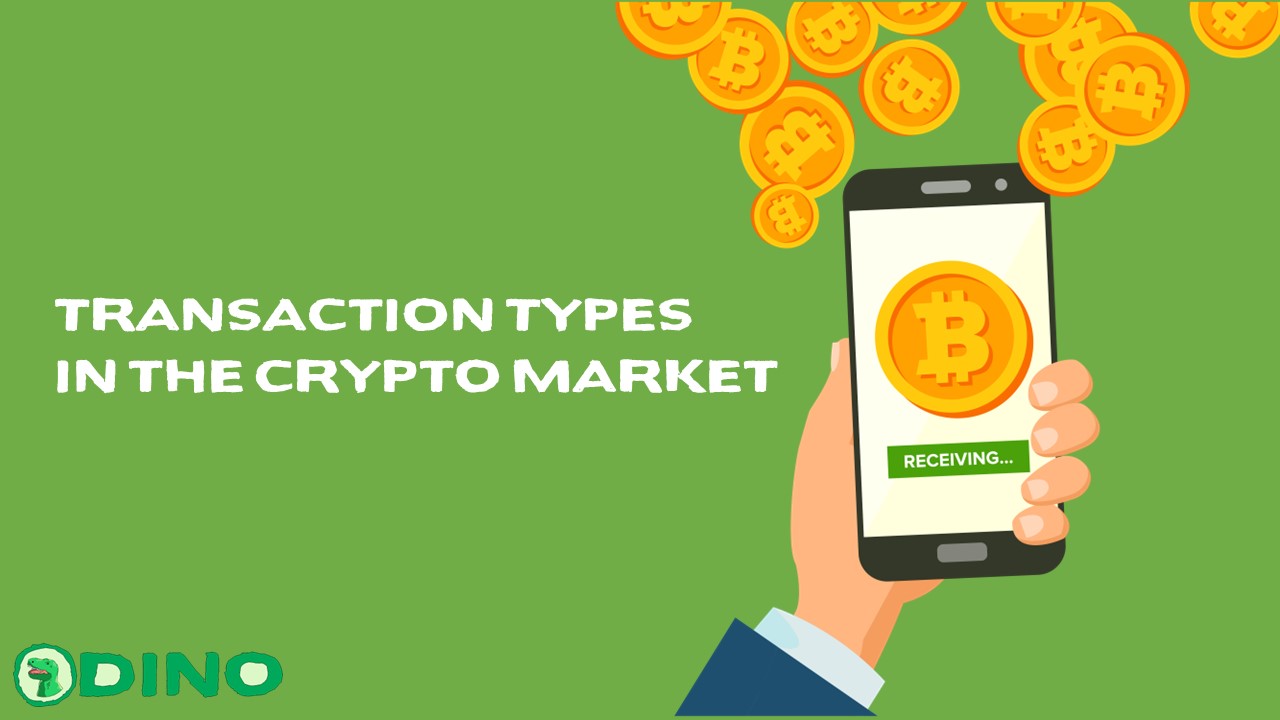There are many ways to make a profit in the crypto market. This is because crypto, like any other asset, has derivatives of its assets.
Also, an individual looking for profit can do several things in the crypto world.
This article will explain the types of transactions that can be carried out in the crypto market, ranging from asset types to transaction methods.
Types of Crypto Transactions Based on Assets
First is the type of transactions in the crypto market based on the assets used when traded.
Like gold, currency, or even stocks, crypto has two types of assets: original and derivative. Spot assets and derivatives are generally traded in two or even different markets with different prices.
Spot Transactions
The first explanation is spot transactions or buying and selling the aforementioned pure assets.
An example of a spot transaction is a trader will trade tangible assets such as Bitcoin.
This type of trading is the most common and the least risky because a trader or investor will buy an asset like Bitcoin when the price is low and sell it when it goes up.
All trades do not use any debt or loans that add to the risk.
Due to the absence of any debt or leverage, if the Bitcoin price drops by 99%, the Bitcoin remains the trader’s property.
If the price of Bitcoin drops by 99% and he buys 1, the value of his Bitcoin will remain 1, and no one will take it.
So even if there is fluctuation or volatility until the price drops significantly after rising, the ownership of the Bitcoin will not change as long as the owner does not sell it.
These conditions make assets during spot transactions very suitable for investors who want to invest for the long term.
Derivative Transactions
The second type of transaction is the more risky type, derivative transactions. Transactions in the derivatives market do not use the original asset.
In derivative transactions, traders or investors generally use a contract that states ownership of an asset.
An example of a derivative transaction is when a trader makes a transaction in the futures or options market.
In the crypto world, these derivative assets will represent crypto assets, such as Bitcoin Futures Contracts.
This transaction is a type of trade with a higher risk than spot transactions.
This is caused by derivative transactions, which generally use loans and debts called leverage.
The purpose of the leverage used is to increase or increase the number of positions when trading.
Leverage is debt, so users must have collateral like debt in other financial worlds.
The use of this leverage, for example, is when a trader has only $67 but uses 20x leverage so that he can buy contracts up to $1300.
However, with this leverage, he must also have a guarantee, which allows the trader only to buy contracts worth a maximum of $672.
Through $672 and Leverage 20x, he only needs to spend $40 so that the remaining $40 of the $67 he has is used as collateral.
The formula for collateral or margin is the number of transactions with leverage divided by the value of the leverage.
With derivative transactions, traders can make profits when the price of an asset moves down or up.
When prices go up, profits are earned by buying futures contracts and selling.
Profits, when prices fall, are obtained through lending futures contracts to brokers or exchanges and selling them immediately with the expectation that prices will fall.
When prices fall, traders will buy back futures contracts to return them to the broker or exchange. The difference between the selling price before the price of the contract asset fell and the purchase, when the price of the contract asset declined, is the profit.
Types of Transactions Based on Term
In addition to the type of transaction, there is a categorization of trading types based on the time used.
The period in question is the difference between when the purchase is made and when the sale is made.
There are four most common types of transactions: Scalping, Day Trading, Swing Trading, and Position Trading.
Scalp Trading
The first is Scalp Trading or Scalping, a type of asset transaction within seconds to minutes.
Generally, traders will use charts with timeframes from 1 minute to 15 minutes to analyze before making this transaction.
The goal of scalping is to make small profits in a short period.
A scalping strategy or transaction type is perfect for reliable traders looking for high volatility for quick profits.
Crypto is a relatively good asset for scalping transactions. This is due to its market capitalization, which is still below other assets.
The smaller the market capitalization, the more volatile the asset is generally. However, this high volatility may change as market capitalization increases, generally due to increased adoption.
Day Trading
The second is Day Trading, a transaction where traders buy assets and sell them within one day.
The trader will buy and sell an asset in hourly increments in this transaction.
For example, a trader will buy Bitcoin at 8:00 am and sell it at 9:00 pm.
Retail investors generally carry out this type of transaction, but several institutions also carry out this transaction.
The benefits generally obtained from this transaction are relatively satisfactory for retail traders.
In addition, this method is also a common one because it can accommodate traders who make trading activities part-time jobs.
Swing Trading
Swing Trading is where traders buy and sell their assets over several days.
The period of several days in question can reach three to five days; during that time, the trader does not change his trading position.
Retail and institutional traders are generally very involved in this transaction due to the relatively large profits.
But in swing trading, significant profits can also be juxtaposed with big losses.
So, in this type of transaction, risk management is generally one of the very concerning things.
Although risk management is used in all transactions, it becomes essential in swing trading due to the extended timeframe, especially when using derivative assets.
This transaction is relatively suitable for retail because it can accommodate traders who have jobs.
For institutions, these traders generally buy on Monday and sell on Friday or vice versa because it adjusts to working hours.
Position Trading
Position trading is a Trading Position where the trader buys the asset, then keeps it and sells it after a few weeks or months.
This type of transaction is generally carried out by institutional traders such as traders from hedge fund companies or financial asset managers.
Position trading is generally done using tangible assets or spot transactions because it is considered safer.
However, some institutions use traditional derivative contracts with expiration times.
The purpose is to hedge or maintain the client’s wealth or the funds the trader manages.
But this strategy is hazardous and is generally only done by reliable traders.
Overall, the types of transactions in the crypto market are relatively the same as those in other financial needs.
So traders or investors can also take advantage of their experience in other financial assets.
More News About Crypto : NEWS
Follow our Twitter : https://twitter.com/DinoDapps




